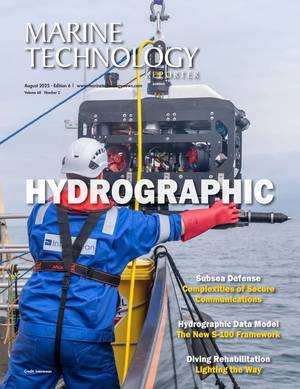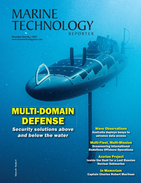Metamaterials Could Reduce Marine Noise Pollution
Metamaterials to tackle noise pollution in marine ecosystems are currently under development within the POSEIDON project - Unconventional principles of underwater wave control in the sub-wavelength regime – funded by the European Research Council through a Starting Grant.
At the core of the study is the development of mechanical metamaterials – composite materials that exhibit unconventional quasi-static and dynamic properties – capable of controlling deformation and the propagation of waves (both elastic and/or acoustic). The aim is to enhance current technologies for the reduction of underwater noise pollution, a phenomenon that continues to grow due to the increasing intensity of human activities in marine ecosystems, such as the installation of offshore wind farms, wave energy harvesting, and subsea mineral extraction.
Current solutions are generally ineffective, particularly at low frequencies. The main challenge lies in the way sound propagates underwater, where wavelengths are five times longer than those in air, and the fluid’s density (1,000 kg/m³) is comparable to that of the solid materials typically used to construct barriers. These factors necessitate the use of very thick barriers, which can be environmentally invasive.
This is where metamaterials and their unconventional properties come into play. Unlike traditional materials, the quasi-static and dynamic responses of metamaterials depend not so much on their chemical composition, but on their geometric structure, often arranged in regular, repetitive patterns.
This “intelligent” architecture enables them, for example, to absorb vibrations, deform in a controlled manner, dampen acoustic or elastic waves, or even exhibit counterintuitive behaviours, such as expanding under compression or bending in the opposite direction of an applied force.
Thanks to these advanced properties, metamaterials make it possible to achieve unprecedented quasi-static and dynamic performance, including, among other benefits, the reduction of soundproofing barrier thickness, both in air and underwater, for a given frequency. The project aims to replace conventional barriers, which can be up to one meter thick, with solutions just a few centimetres in thickness, while maintaining comparable levels of performance.
Professor Marco Miniaci will conduct the research at Politecnico di Torino in Italy.
The initiative has recently expanded with the launch of the DREAM project – Design of Resilient Engineered Architectured Metamaterials, funded by Italy’s Ministry of University and Research (MUR). With this new effort, the results achieved underwater will be extended to other strategic fields, such as seismology for seismic wave attenuation and energy harvesting form wave motion.
As coordinator of POSEIDON project, Miniaci will also lead the DREAM project.

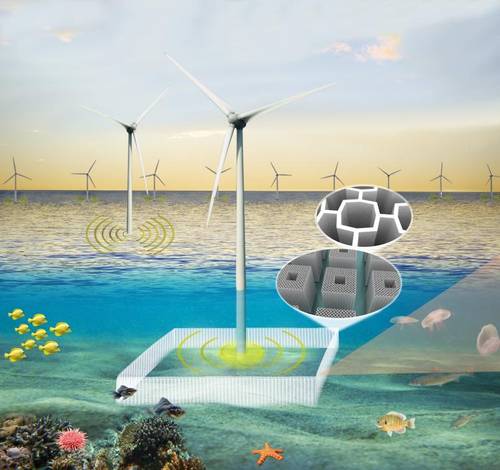
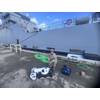
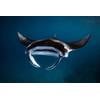

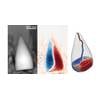
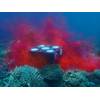
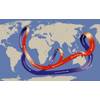





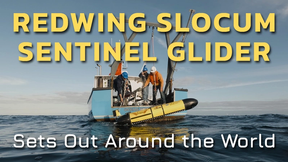
 August 2025
August 2025
